The fourth plenum and the future of China’s economy
As Beijing readies its 15th Five-Year Plan, the fourth plenum sets the tone for China’s next decade — a vision of growth fused with security and social equity. The goal: modernisation by 2035, not through disruption, but through disciplined reinvention. East Asian Institute senior research fellow Bo Chen explores the economic strategies in the communique.
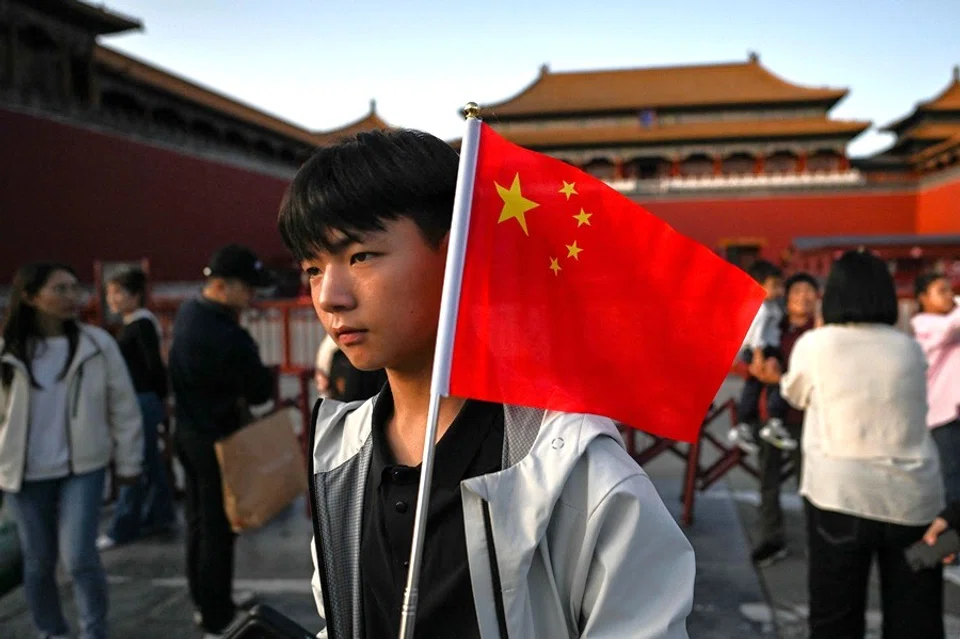
The fourth plenary session of the 20th Central Committee of the Communist Party of China (CPC), held in Beijing from 20 to 23 October, was the last major political gathering before the launch of the 15th Five-Year Plan to be announced in the two sessions in 2026. Hence, the communique adopted at the session goes well beyond short-term economic adjustments. It positions the meeting as the bridge between the closing phase of the 14th Five-Year Plan and the preparation of the 15th Five-Year Plan (2026-2030) — a stage that will lay the groundwork for China’s basic modernisation by 2035.
Strategic response to domestic and global challenges
The plenum opens with a sober assessment of the changing environment. China, it notes, faces a “period in which strategic opportunities coexist with risks and challenges, and uncertainties are increasing”. Externally, sluggish global growth, rising protectionism and fragmentation of supply chains threaten export stability. Domestically, the economy continues to grapple with weak consumption, debt overhangs and a need for deeper supply-side reforms.
Against this backdrop, the communique re-anchors the 15th Five-Year Plan around a few central propositions. First is the reaffirmation of stability with progress as the overarching policy guideline. Second is the consolidation of “the real economy as the foundation of national development”. Third is the acceleration of “high-level scientific and technological self-reliance”, now positioned as the core driver of new quality productive forces (新质生产力). Together, these themes illustrate Beijing’s determination to safeguard economic security, maintain industrial autonomy and move up the global value chain.
The call to “optimise and upgrade traditional industries, cultivate emerging and future industries, and promote high-quality service sectors” reflects a structural transformation agenda rather than a simple output expansion strategy.
Consolidating the real economy
Perhaps the most emphatic section of the communique concerns industrial policy. It declares that China must “put the focus of economic development on the real economy”, pursuing the path of intelligent, green and integrated growth. The document explicitly calls for building a “modern industrial system with advanced manufacturing as its backbone” and for maintaining a “reasonable proportion of manufacturing”.
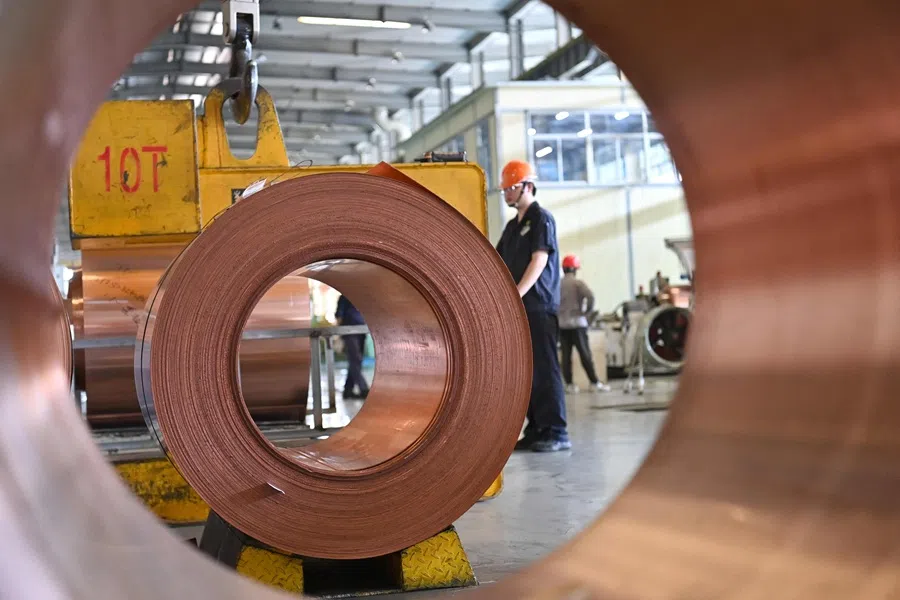
This emphasis is not new, but the context is different. With global supply chain restructuring and Western industrial reshoring accelerating, China’s leadership perceives manufacturing resilience as a matter of national security.
The communique’s commitment to build a powerhouse in manufacturing, quality, aerospace, transport, and cyberspace reflects clear continuity with the Made in China 2025 and New Industrialisation initiatives — but with sharper emphasis on sustainability and technological convergence.
The call to “optimise and upgrade traditional industries, cultivate emerging and future industries, and promote high-quality service sectors” reflects a structural transformation agenda rather than a simple output expansion strategy.
Technological self-reliance
A second pillar of the communique is the pursuit of “high-level technological self-reliance and self-strengthening”. It links this directly to the global technological revolution, urging China to “grasp the historical opportunity of a new round of scientific and industrial transformation” and to “enhance the overall effectiveness of the national innovation system”.
In practical terms, this entails deep integration of education, science and talent policies — what the communique calls the “three-in-one advancement”. By elevating “original innovation” and “breakthroughs in key core technologies”, the leadership seeks to secure control over strategic nodes in semiconductors, artificial intelligence, biotechnology and new materials. The document’s reference to “new quality productive forces” encapsulates the goal of transforming China’s growth model from factor-driven to innovation-driven.
...science and technology policy is no longer treated as a sectoral concern but as the foundation of the country’s long-term economic security.
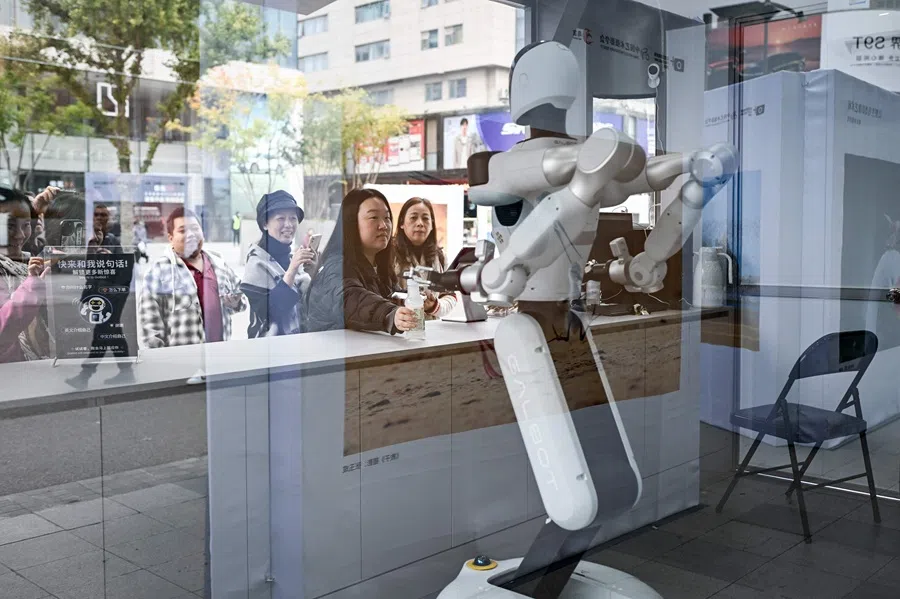
The communique also calls for “deep integration between scientific and industrial innovation” and for a “digital China” as both platform and catalyst. This reaffirms the centrality of digital infrastructure — cloud computing, data resources and 5G/6G networks — as public goods underpinning productivity growth. In essence, science and technology policy is no longer treated as a sectoral concern but as the foundation of the country’s long-term economic security.
Unified national market and boosting consumption
Domestic demand expansion forms another cornerstone of the plenum’s economic vision. The communique reiterates the “strategic basis of expanding domestic demand”, but it introduces two conceptual refinements: “linking people-centred livelihood improvement with the creation of new consumption demand” and “forming a virtuous interaction between consumption and investment, supply and demand”.
This dual-track approach underscores Beijing’s intention to shift from investment-led stimulus to demand anchored in household income and services. Policies to “boost consumption” and “expand effective investment” are paired with a pledge to “remove institutional barriers impeding the construction of a unified national market”.
This last point reflects ongoing efforts to break local protectionism, harmonise standards and lower transaction costs across regions — a structural reform essential for market efficiency gains in a vast domestic economy.
Openness and autonomy
The fourth plenum also reiterates the dual imperative of openness and autonomy. China will “steadily expand institutional opening up”, “safeguard the multilateral trading system” and “promote reform and development through openness”. Yet the language of “autonomous” (自主) opening suggests a shift toward greater self-determination in setting the rules of engagement.
The long-term objective is to position China as a central node in both international circulation and the emerging “Global South” economic networks, turning openness itself into a form of resilience.
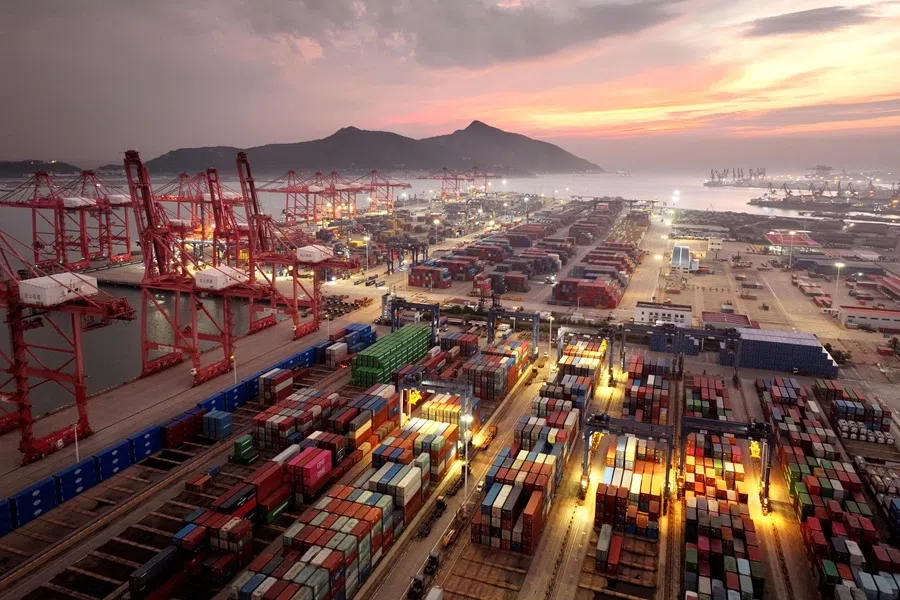
The communique highlights “innovative trade development”, “two-way investment and cooperation” and “high-quality Belt and Road cooperation”. In the current global context — marked by supply chain realignments and export controls — this signals a recalibration rather than a retreat: using selective openness to sustain growth while protecting strategic assets. The long-term objective is to position China as a central node in both international circulation and the emerging “Global South” economic networks, turning openness itself into a form of resilience.
Human-centred development and green transformation
Another notable theme is the emphasis on “new-type, people-centred urbanisation”. The communique identifies it as a key lever for optimising regional development and expanding domestic demand. This version of urbanisation is not about rapid land conversion but about improving the quality of life, integrating migrant workers and fostering regional coordination.
Linked to this is the call to “promote the high-quality development of the real estate sector”. The wording marks a departure from the earlier policy of suppressing real estate speculation toward constructing a “new development model” for housing — one that ensures stability, affordability and sustainability.
In light of property sector turbulence and local government debt risks, the communique implies a gradual restructuring rather than a wholesale bailout: guiding capital into rental markets, urban renewal and green construction while curbing speculative bubbles.
The message is clear: the green transition is not a constraint but an opportunity to cultivate new industries and enhance competitiveness.
Environmental sustainability remains a defining long-term goal. The directive to “accelerate the building of a new-type energy system” connects ecological goals with industrial policy: renewable energy, grid digitalisation and green manufacturing are treated as future growth engines.
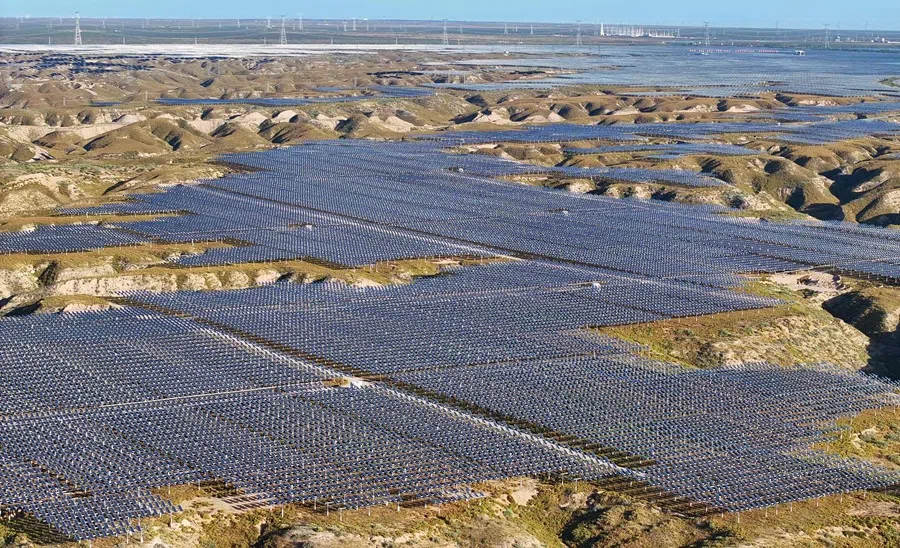
By integrating “carbon reduction, pollution reduction, and green growth”, the communique integrates environmental policy into macroeconomic governance. The message is clear: the green transition is not a constraint but an opportunity to cultivate new industries and enhance competitiveness.
Reading the 15th Five-Year Plan through the plenum
Taken together, the Fourth Plenum communique outlines the intellectual architecture of the forthcoming 15th Five-Year Plan. Three strategic priorities stand out.
First, the quality-efficiency nexus: moving from sheer growth to productivity-driven expansion through manufacturing modernisation, innovation and institutional reform. The target of achieving “qualitative improvement and reasonable quantitative growth” encapsulates this shift.
Second, the security-development synthesis: embedding resilience — technological, industrial and financial dimensions into the development model. The plan aims to fortify national capabilities in key technologies and to mitigate vulnerabilities in supply chains and local finance.
Third, the human-centred modernisation vision: elevating welfare, employment and social mobility as integral parts of modernisation. By aligning common prosperity, education, health and population policy into the economic agenda, the leadership signals that social policy will underpin economic transformation rather than follow it.
These directions correspond to the plan’s ultimate benchmark: by 2035, per capita GDP at the level of moderately developed countries and comprehensive modernisation largely achieved. If the 14th Five-Year Plan was about recovery and stabilisation, the 15th Five-Year Plan aims at structural renewal — an attempt to reconcile growth, security and equity under the banner of “Chinese modernisation”.




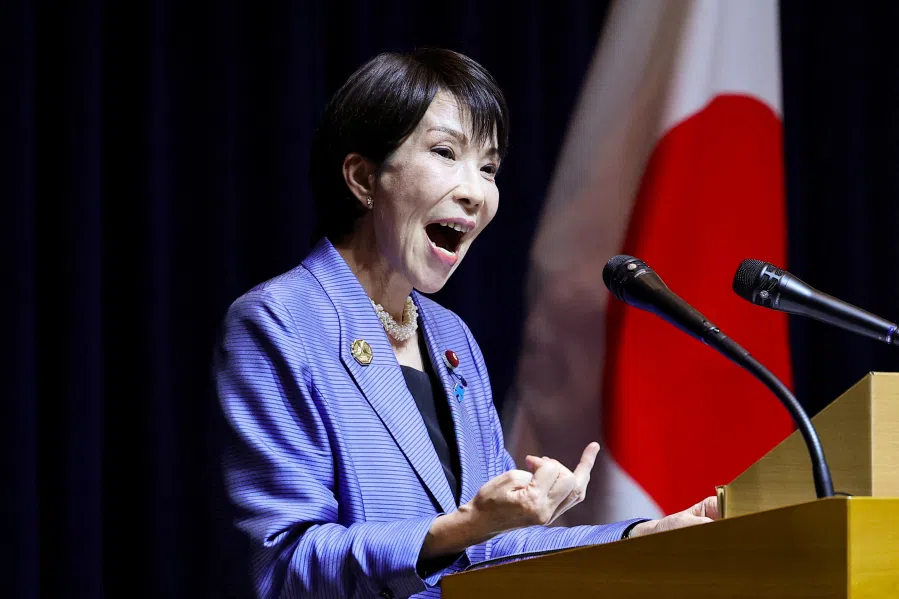
![[Big read] China’s 10 trillion RMB debt clean-up falls short](https://cassette.sphdigital.com.sg/image/thinkchina/d08cfc72b13782693c25f2fcbf886fa7673723efca260881e7086211b082e66c)